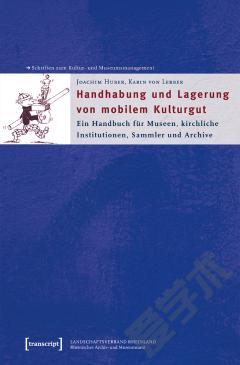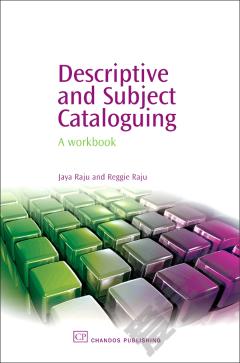Tools and Materials Used in Etching and Engraving —— A Descriptive Catalogue of a Collection Exhibited in the Museum
-----
An etching is a print taken direct from a metal plate by the method known as copper-plate printing, and must not be confused with a pen-and-ink drawing. The work must be wrought with lines, and these lines must be etched, or eaten into the plate by means of acid or other chemicals. The plate is first covered with a thin coating of a wax-like substance called the ground, which protects the plate from the action of the acid. Through this ground the lines are drawn with a needle point, laying bare the metal. Acid is then applied and eats, or bites, a furrow into the metal wherever the needle has gone. Sometimes needles of different degrees of fineness are used, to get varying thicknesses of lines but usually only one point is employed, the stronger lines being obtained by allowing the acid to act for a longer time, the lines becoming wider as the acid bites more deeply. If any part of the etching is to remain finer or lighter than the other parts, the plate is removed from the acid, washed, dried, and these parts covered over with a varnish, which stops the acid from biting them any deeper, when the plate is again placed in the acid bath. Many gradations are usually made in a plate by this means. The time allowed for the action of the acid varies greatly, depending upon the acid or mordant used, the metal, the temperature, and other conditions, and may vary from a minute to two hours. I. Steel plate, polished for engraving or etching. 2. Zinc plate, polished for engraving or etching.
{{comment.content}}








 京公网安备 11010802027623号
京公网安备 11010802027623号